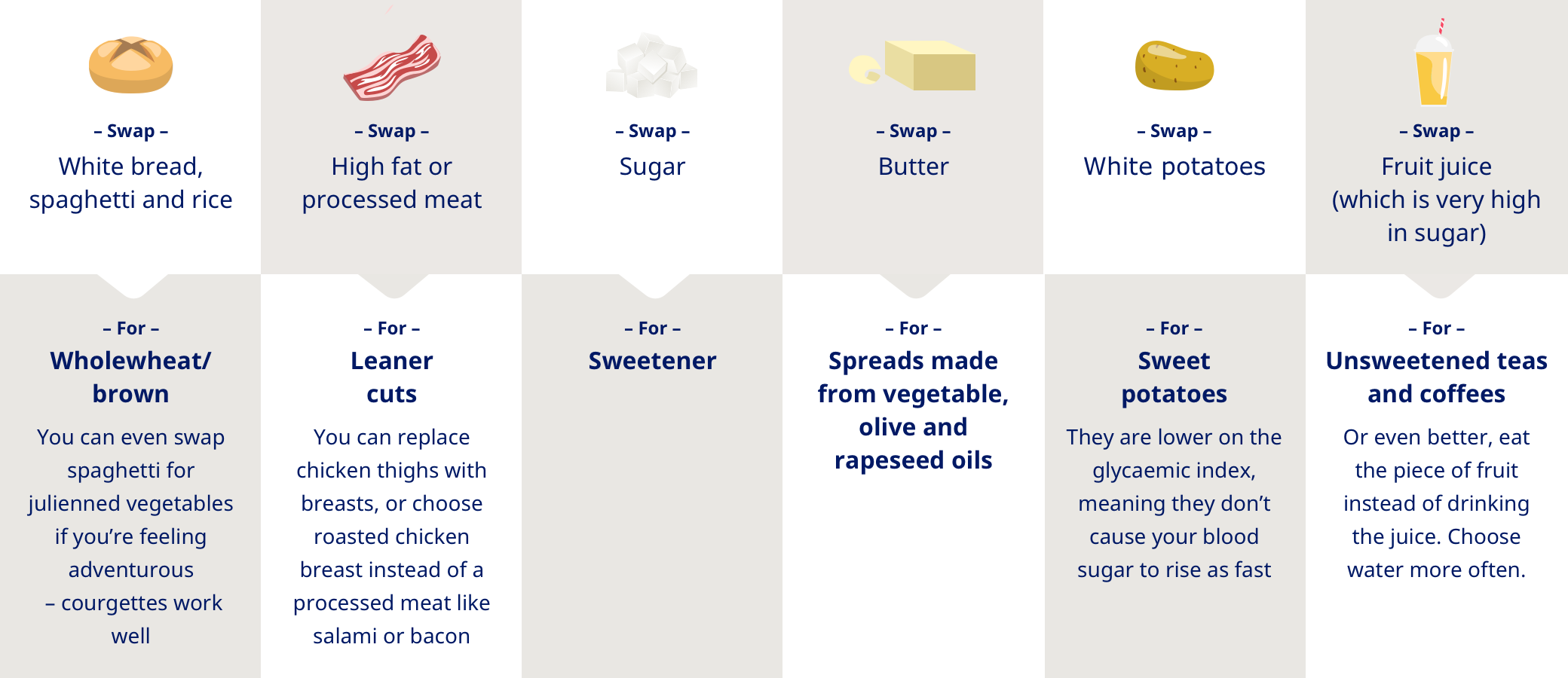
Managing diabetes as a family
Type 2 diabetes doesn't impact everyone in the same way. And the person with diabetes is rarely the only one affected.
Type 2 diabetes is a chronic disease that occurs when your body cannot make enough insulin and cannot effectively use the insulin it makes. This is called insulin resistance, and it develops over months or even years.1,2
The causes of type 2 diabetes are not fully understood. The chronic disease is commonly linked with being overweight as well as with family history and ethnicity. 3,6
Is type 2 diabetes genetic? Type 2 diabetes can be inherited and linked to your family history and genetics. However, environmental factors play a significant role too. A healthy diet and regular exercise will reduce your risk of developing type 2 diabetes – even if the disease runs in your family. 6
Type 2 diabetes develops gradually, so you may not even notice the symptoms until they become obvious. This is dangerous, as high blood sugar levels may already be damaging your body. 3
Are you at risk of developing diabetes, or do you have it already? Around 50% of people with type 2 diabetes do not know they have the disease and risk developing serious health complications.1
Knowing your risk and getting screened early are simple steps towards a longer, healthier life.
The correlation between diabetes and cardiovascular disease only heightens the need to be aware of risk factors and catch symptoms of diabetes early.
Lifestyle changes may be sufficient to manage type 2 diabetes. If these are not enough to control your blood sugar levels, or as the disease progresses over time, you may also need to take medication.
Eating healthy when you have diabetes can be difficult but eating well means learning to make healthy choices for you – regardless of where you are or who you are with. Aim to:

Regular exercise can help you control your blood sugar levels, lose weight, and may help to improve your physical and mental health. A slight increase in physical activity can make a huge difference. Check out these suggested low-impact activities to get started:
In summary, to help live an active and independent life with type 2 diabetes, you may need to change the way you care for your health through diet and lifestyle changes.
